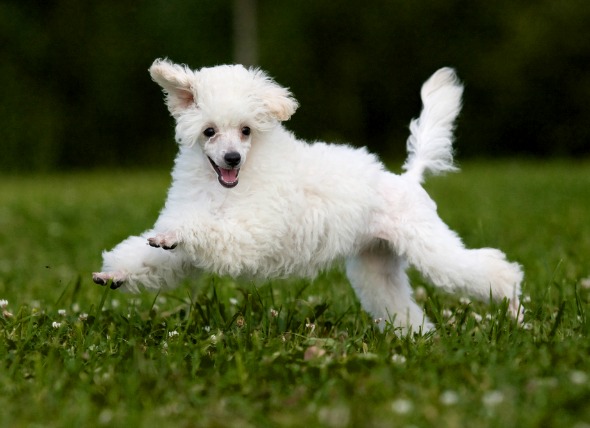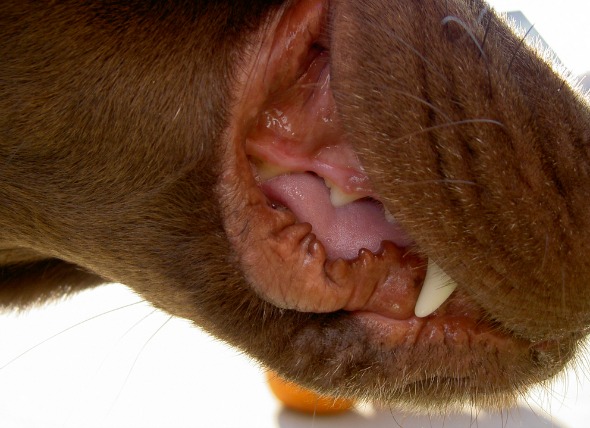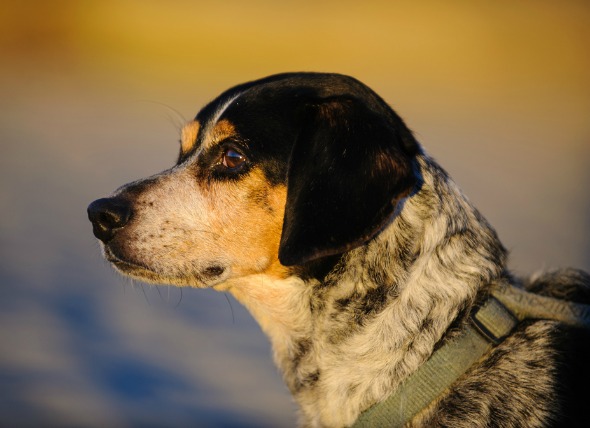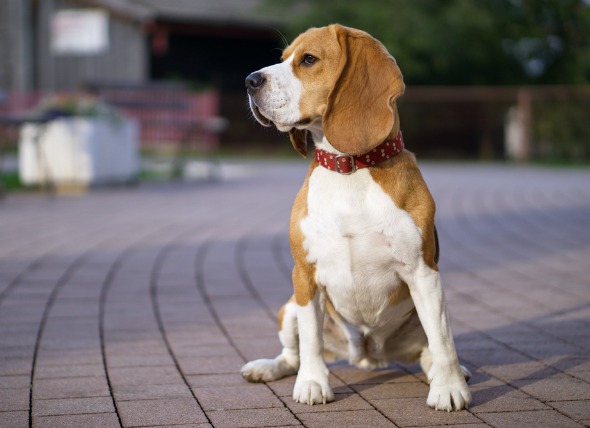

Bone acts as the architectural framework for the body in all mammals. It is a rigid structure that helps maintain the bodies shape and protects vital organs. A joint, meanwhile, is a structure where two or more bones unite together. Most joints have a capsule that joins the articulating (meeting) bones together. This capsule has a thick, fibrous layer that stabilizes the joint. Most joints are also provided with additional ligaments that allow joint capsules to keep movements within normal ranges. Therefore, if joints become damaged, disrupted, or undergo abnormal development, they become unstable.
The term luxation is used for the dislocation and complete disruption of a joint. In this condition, the supporting structures, like ligaments present around the joint, are damaged or completely missing. A milder form of this disease, called subluxation, represents a partial dislocation of a joint.
There are two basic forms of joint luxation: trauma-induced luxation or congenital, which is present at birth. The latter form is aggravated by stress at later stages. In addition, shoulder joint luxation is predisposed in smaller breeds of dogs, such as miniature poodles.
Your veterinarian will take a detailed history of your dog, asking you about the nature and frequency of the symptoms. He or she will then perform a complete physical examination on the dog, especially the areas around the joints.
Your veterinarian will also order multiple X-rays of the affected joints, which will help in confirming the diagnosis. This is because the results of routine laboratory tests, such as complete blood count, biochemistry profile, and urinalysis, are usually normal in affected animals if there is no other concurrent disease present.
The major goal of treatment is to provide complete rest in order to reduce swelling and pain. The joint may need to be stabilized to prevent further aggravation of symptoms. Bandages are usually applied to stabilize the affect joint(s), and cold compresses are applied to reduce inflammation. In some cases, surgery may be required to correct the abnormality.
Cage rest in a stress-free location in your home is very important for complete recovery, as activity may increase the likelihood of further aggravation. Your veterinarian will also recommend a weight loss plan for your dog, as obesity may cause further stress on the affected joint in the long run. Recurrence after treatment is common, which makes prognosis very poor in such cases. If surgery is conducted to stabilize the joint and correction of defects, your dog may feel some soreness for a few days.
Your veterinarian will prescribe medications for pain control, which may need to be administered for few days at home. Call him or her if you see any untoward symptoms after surgery.
 Swollen Gums in Dogs
Gingivitis in Dogs
Gingivitis is a reversible inf
Swollen Gums in Dogs
Gingivitis in Dogs
Gingivitis is a reversible inf
 Liver Inflammation in Dogs
Cholangitis-Cholangiohepatitis Syndrome in Dogs
I
Liver Inflammation in Dogs
Cholangitis-Cholangiohepatitis Syndrome in Dogs
I
 Colonic or Rectal Inflammation in Dogs
Colitis and Proctitis in Dogs
Histiocytic ulcerat
Colonic or Rectal Inflammation in Dogs
Colitis and Proctitis in Dogs
Histiocytic ulcerat
 Anal Gland Cancer in Dogs
Adenocarcinoma, Anal Sac/Perianal in Dogs
While a
Anal Gland Cancer in Dogs
Adenocarcinoma, Anal Sac/Perianal in Dogs
While a
 High Blood Pressure in the Lungs in Dogs
Pulmonary Hypertension in Dogs
Pulmonary hyperten
High Blood Pressure in the Lungs in Dogs
Pulmonary Hypertension in Dogs
Pulmonary hyperten
Copyright © 2005-2016 Pet Information All Rights Reserved
Contact us: www162date@outlook.com